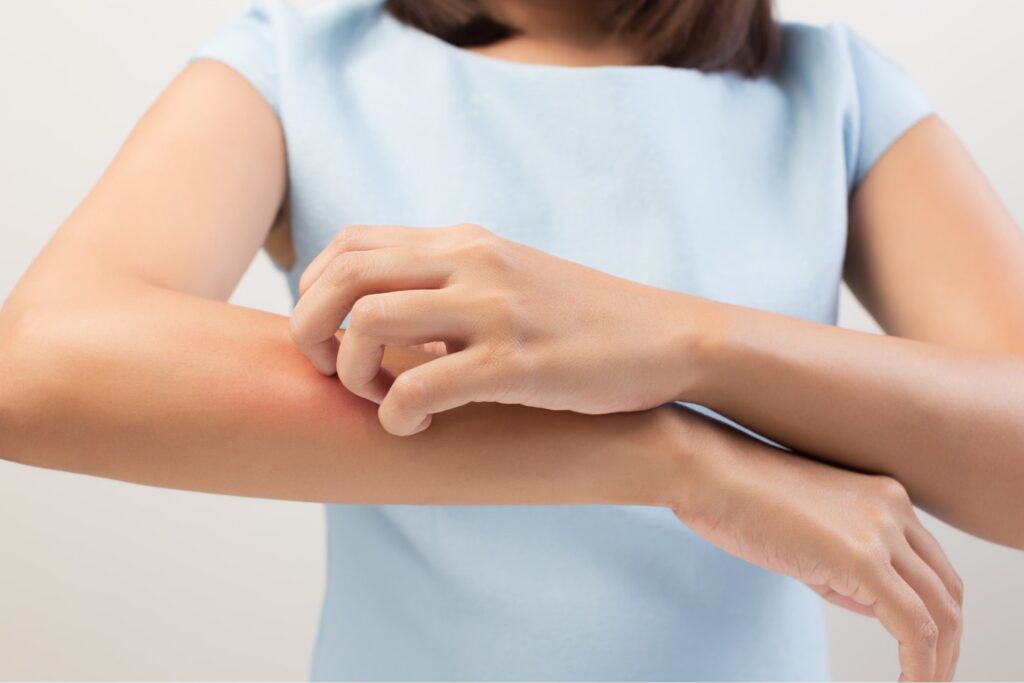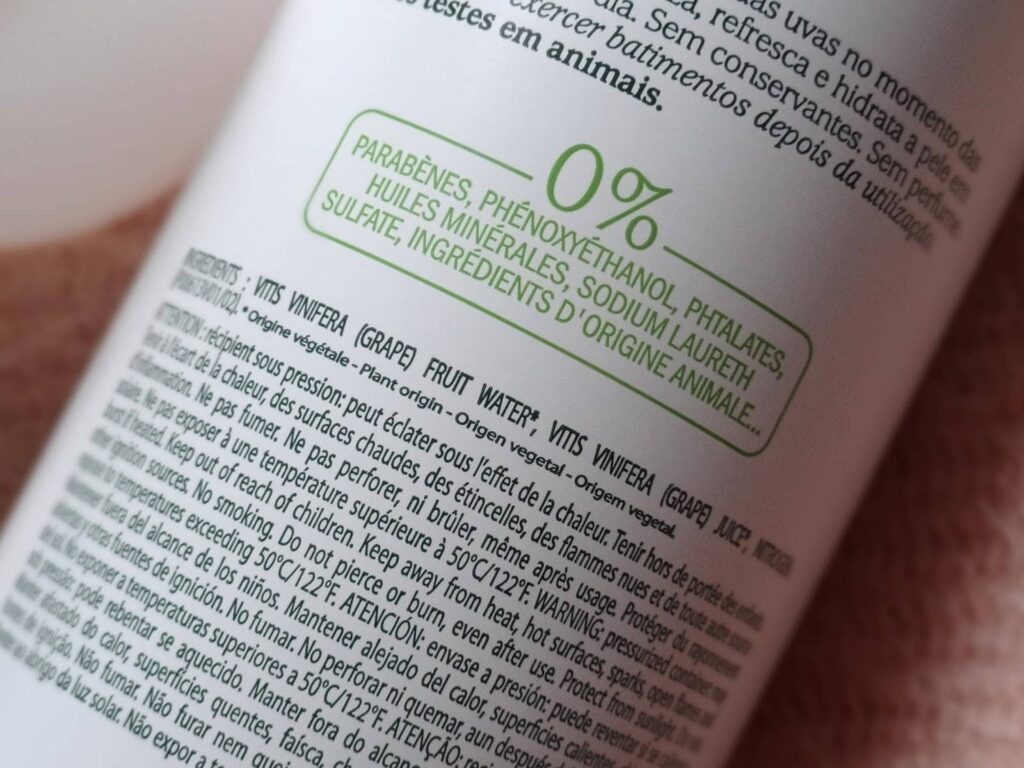We will often encounter Methylisothiazolinone or MIT in some products’ ingredient lists, especially cosmetics and cleaning solutions such as wet wipes. What is Methylisothiazolinone and why it is added to the product, how it works, and whether it has any harmful effects on our health or not? To answer those questions, learn more with the discussion below.
Methylisothiazolinone (MIT/MI) is a synthetic substance used in multiple products as a preservative. Therefore, this is a hazardous substance that is not used when manufacturing wet wipes. In essence, preservatives like MIT are added to the manufacturing process to ensure the safety and quality of products by protecting them against microbial growth during storage and consumption time. In fact, water-based items such as wet wipes are sensitive to bacterial growth, which can result in spoiling, discoloration, and unpleasant odor. Therefore, MIT helps to extend a product’s shelf life and protect consumers against exposure to bacteria and mold by declining the growth of those organisms.

Methylisothiazolinone (MIT) acts as a preservative in many products
Discover now: 9 harmful ingredients in wet wipes & Label reading guide (latest updated)
Methylisothiazolinone is often found in cosmetics (lotions, sunscreens,…), and in water-based products (such as wet wipes, detergents, hand sanitizer, mouthwash, shower gel, makeup remover, shampoos,…) because methylisothiazolinone kills bacteria well in a solution containing water and many other products (mascara, hair coloring,…).
| Cosmetics | Personal hygiene products | Household/industrial products |
| Lotions | Mouthwash | Wet wipes |
| Sunscreens | Hand sanitizer | |
| Makeup remover | ||
| Shampoos |
According to many studies, the US Food and Drug Administration (FDA) has stated that methylisothiazolinone is harmful to both human health and the environment:
In 2013, the American Contact Dermatitis Society named MIT as “Contact Allergen of the Year.” In 2017, a study conducted in Western Canada showed an increasing prevalence of methylisothiazolinone allergies. Some symptoms may occur and be aggravated by the use of a product added with MIT, such as red rash or bumps, itch, swelling, burning, sore skin, and dry, cracked, or scaly sky,…
In a draft by the US Environmental Protection Agency, it has been pointed out that methylisothiazolinone has moderate to high acute toxicity when exposed directly or indirectly. MIT will especially have the most significant toxicological effect on microscopic lesions in the nasal turbinates from inhaling. The report also emphasizes that MIT is extremely harmful when used on the skin or the eyes, and it is considered a corrosive substance.

MIT can cause many serious health problems
A group of PhDs conducted a study on the ability of negative reactions when exposed to MIT. The findings showed that using products containing MIT can lead to atopic dermatitis, hand dermatitis, leg dermatitis, face dermatitis, and even skin cancer.
According to another study released on SAGE Journals, researchers tested the potential irritation on 40 volunteer subjects. MIT with concentrations of 100, 300, and 600 ppm was applied to the dorsal skin for a period of 24 hours. The skin irritation index for the test substance was 6.3/10. It shows that MIT can cause skin irritation.
In a study published in the International Journal of Environment Research and Public Health, researchers found that after using products (shampoo, wet wipes, detergents,…) containing MIT are released as organic pollutants directly or indirectly into aquatic ecosystems through wastewater treatment plants. Therefore, they have a potential polluted risk for the environment if not handled in the right procedure.
See more: What are Parabens? The safety fact behind the product formula
MIT is commonly used in products to prevent the growth of bacteria and mold. However, as mentioned above, direct exposure to MIT can lead to serious skin problems if used for a long time, especially for sensitive skin. Therefore, if you have sensitive skin, you should avoid products containing MIT. Especially when choosing wet wipes manufacturer for babies, keep in mind that even if the packaging is labeled “hypoallergenic” or “natural,” you need to carefully read the ingredient list to see if it contains any MIT. However, MIT can be seen in a variety of formulations. Here are some of the most common forms you’ll find in packaging to avoid:
If you want to buy wet wipes to use, it is recommended to avoid MIT on the wet wipes ingredients list. Instead, you should choose the product from a reputable brand as DHTI. We, an experienced private label wipes manufacturer, always make effort to research and develop safe and high-quality wet wipes. Therefore, our formula doesn’t contain harsh ingredients such as MIT, Parabens,… to deliver the best products for customer.

Reading the ingredient list carefully to avoid using products containing MIT
What is Methylisothiazolinone? In many products, Methylisothiazolinone functions as a preservative to prevent or retard spoilage caused by microbial growth or unexpected changes and help products last longer. However, they have negative effects leading to various severe problems for users and the environment. We hope you know how to choose MIT-free products to ensure your safety. If you have any questions, please contact DHTI immediately for prompt support.
Dong Hiep Trading and Investment Joint Stock Company:
Things you should know for your health: